Description
Foxboro FBMSVL Fieldbus Module – Reliable H1 Segment Interface for I/A Series / EcoStruxure Foxboro DCS
The Foxboro FBMSVL is a Fieldbus Module designed to interface FOUNDATION Fieldbus H1 segments within Foxboro I/A Series and EcoStruxure Foxboro DCS architectures. From my experience, it’s typically used to bring smart transmitters and valve positioners onto the system with clean, isolated communications and robust segment conditioning. You might notice that it fits the standard FBM form factor, supports redundant architectures, and slots into the baseplate for quick, hot-swap maintenance—handy during shutdowns where every minute counts.
Company’s Order Placement Process and Guarantees
- Warranty: 365 days
- Delivery time: 1 week for in-stock; no more than one month at the latest
- Payment: 50% advance payment; full payment before delivery
- Express options: FedEx, UPS, DHL
- Every unit is function-checked before shipment; anti-static packaging and shock protection included
Key Features
- FOUNDATION Fieldbus H1 interface – Typically supports 31.25 kbps, 2‑wire H1 segments for smart instruments.
- Galvanic isolation and segment protection – Helps reduce ground loops and noise; improves device stability in harsh areas.
- Redundancy ready – In many cases, can be paired in redundant configurations to maximize uptime on critical loops.
- Hot‑swappable FBM form factor – Swap the module on a powered baseplate to shorten maintenance windows.
- Diagnostics and device health visibility – Supports segment/alarm diagnostics so technicians can pinpoint issues faster.
- Seamless integration in Foxboro architecture – Connects via the standard FBM baseplate to Foxboro controllers without special adapters.
Technical Specifications
| Brand / Model | Foxboro FBMSVL Fieldbus Module |
| HS Code | 8537.10 (Boards, panels, consoles for control/distribution, ≤1000 V) |
| Power Requirements | 24 VDC nominal (typically 19–30 VDC) via FBM baseplate; low power consumption typical of FBM series |
| Dimensions & Weight | Standard FBM compact module; approx. 130 × 45 × 120 mm; ~0.45 kg (varies by revision) |
| Operating Temperature | 0 to 60 °C (typical FBM operating range; check device label for specific rating) |
| Signal I/O Types | FOUNDATION Fieldbus H1, 2‑wire trunk; segment isolation; device power and short‑circuit tolerance typical for H1 |
| Communication Interfaces | System side via Foxboro FBM baseplate to the control processor; field side via H1 port(s) |
| Installation Method | Plug‑in module on FBM baseplate; DIN‑rail mount through standard baseplate; front terminal access |
Application Fields
Typical deployments include process units that rely on intelligent field devices: refining (flow/level transmitters, valve positioners), chemicals and specialty chemicals (multi‑drop instrument networks), power generation (boiler and balance‑of‑plant instruments), and pharmaceuticals (skids with compact H1 networks). One thing I appreciate is how it fits into brownfield upgrades—keeping legacy I/A infrastructure while adding new FF devices without re‑wiring every loop.
Advantages & Value
- Reliability – Solid isolation and stable H1 signaling reduce nuisance trips and intermittent device drop‑offs.
- Compatibility – Integrates with Foxboro controllers and engineering tools; supports multi‑vendor H1 instruments in many cases.
- Lifecycle savings – Centralized H1 segments can cut home‑run cabling and simplify device commissioning and diagnostics.
- Serviceability – Hot‑swap capability and baseplate wiring mean fewer hours on scaffolding or in classified areas.
A maintenance lead at a fertilizer plant put it simply: “We dropped the module into the existing FBM rack and had the new FF segment commissioned in under an hour.” That seems to be the common experience when the infrastructure is already in place.
Installation & Maintenance
- Panel/cabinet – Install on the approved FBM baseplate in a clean, dry enclosure; follow spacing for ventilation and heat dissipation.
- Power & grounding – Provide clean 24 VDC to the baseplate; maintain single‑point grounding and shield terminations per FF best practices.
- Wiring – Use twisted pair for H1 trunk; observe maximum segment length and device count per FF rules; keep spur lengths within limits.
- Hazardous areas – If installed in classified zones, use certified barriers/isolators and segment power conditioners rated for the area classification.
- Routine care – Periodically check terminals for looseness, clean dust filters/vents, verify firmware compatibility during system updates, and review segment diagnostics for early fault detection.
- Hot‑swap – In most cases, the module can be replaced on a live baseplate; follow site MOC and lock‑out procedures.
Quality & Certifications
- CE compliant; UL/CSA certifications typically available for the FBM family
- RoHS compliance on most recent revisions
- Manufacturer’s standard warranty applies; our sales warranty: 365 days
- Traceable serial numbers and functional test report provided on request
Note: Specifications may vary slightly by hardware revision and firmware level. If you share your installed controller type and segment design (device count, hazardous area requirements), I can confirm compatibility and recommend the best setup for your application.

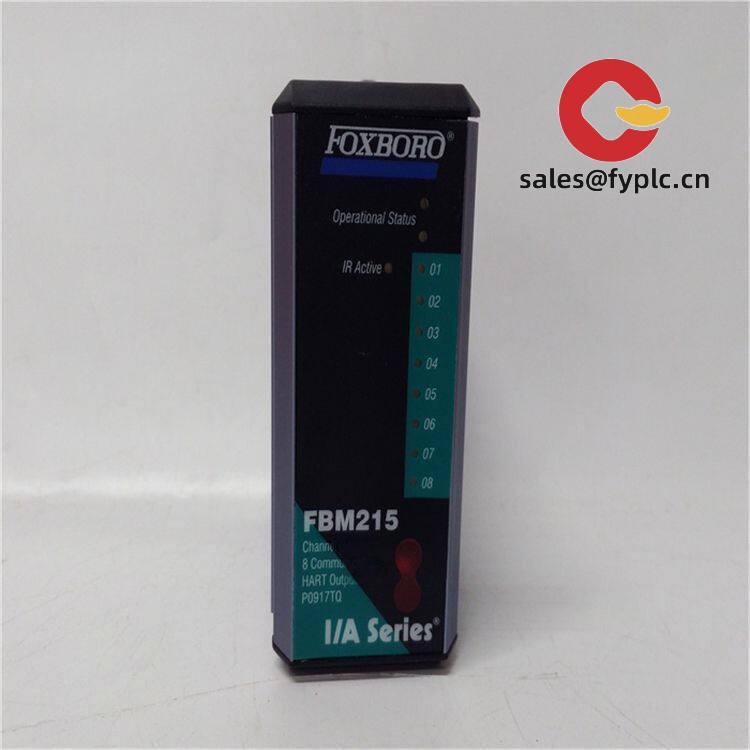

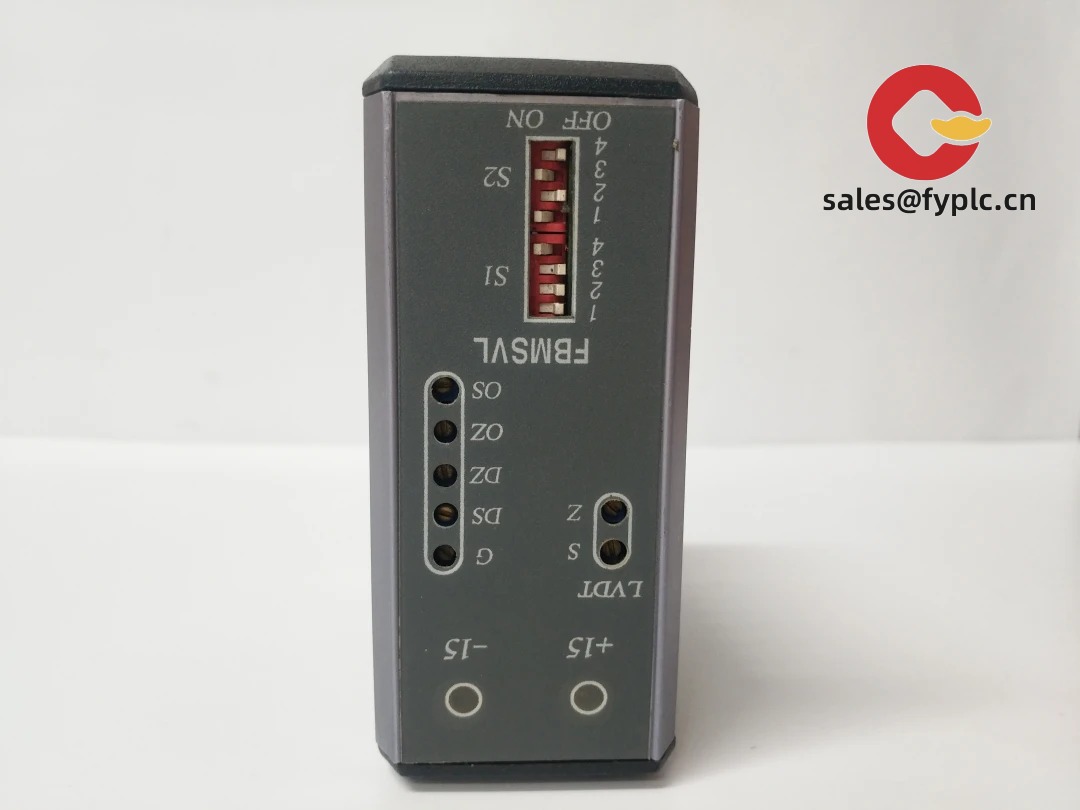
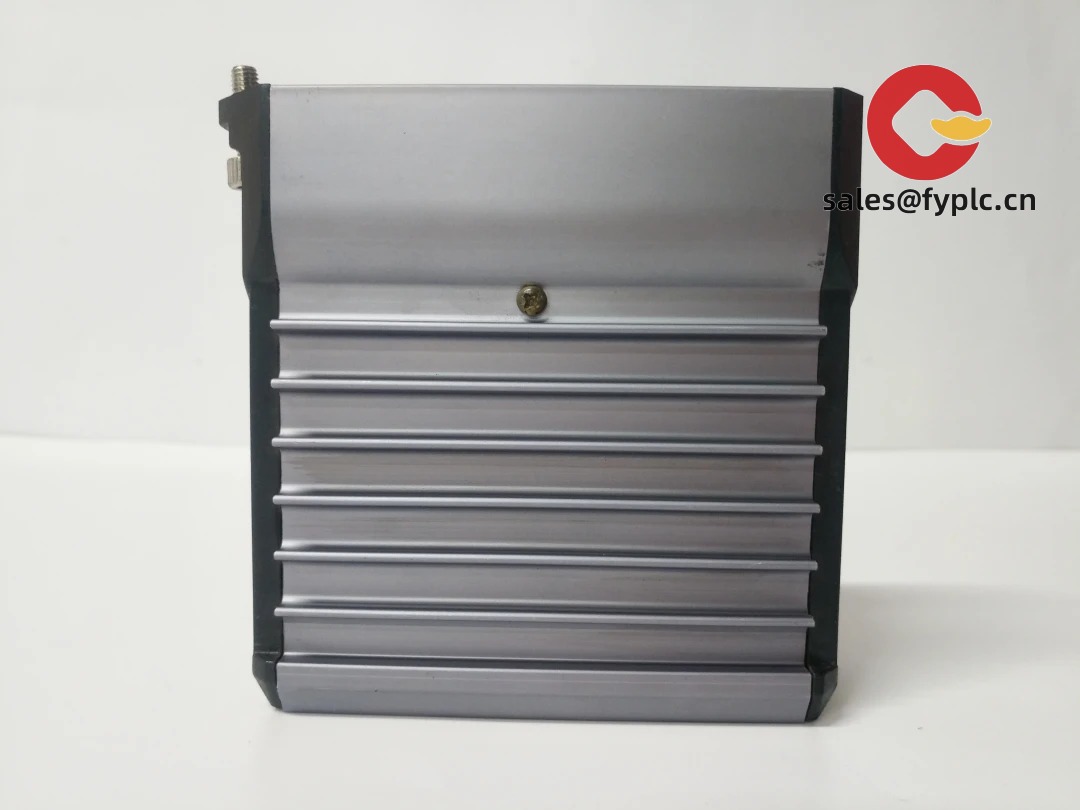
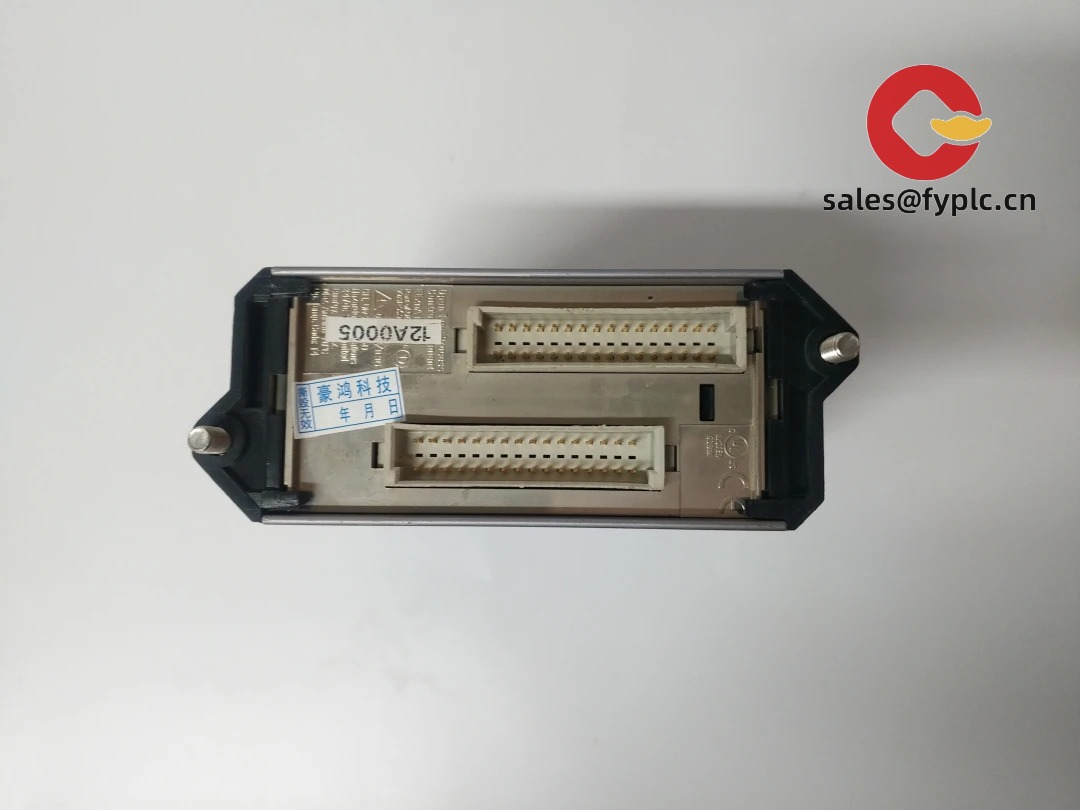
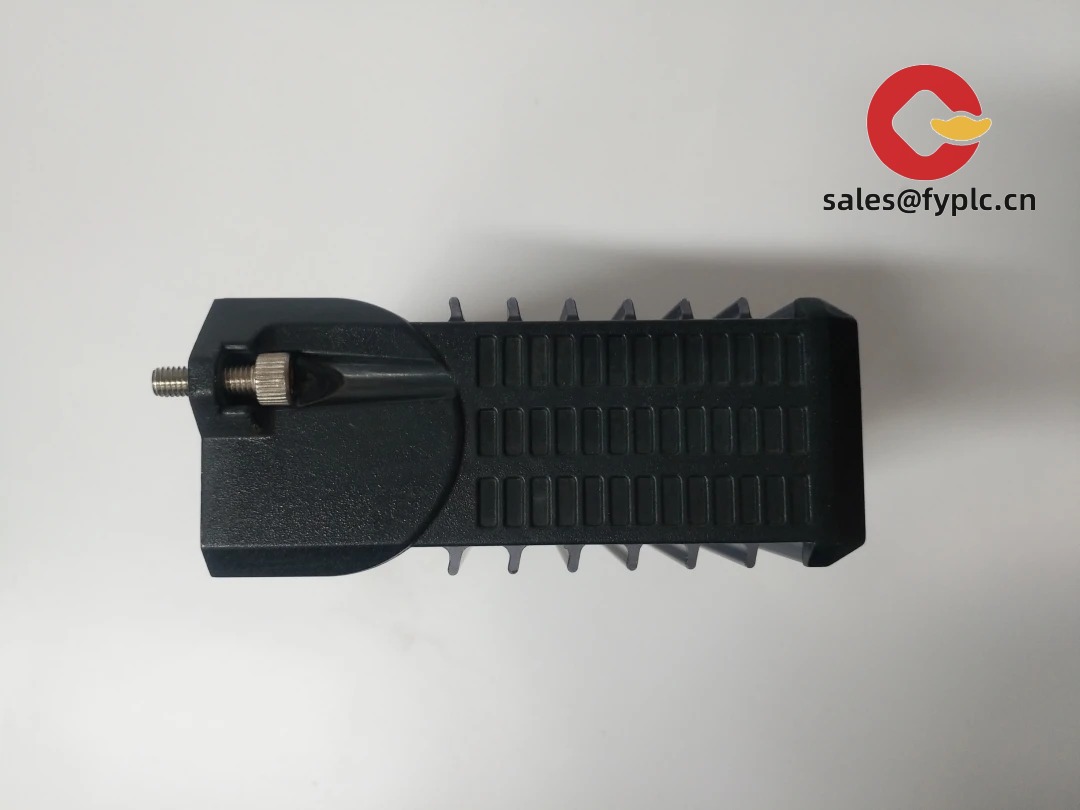

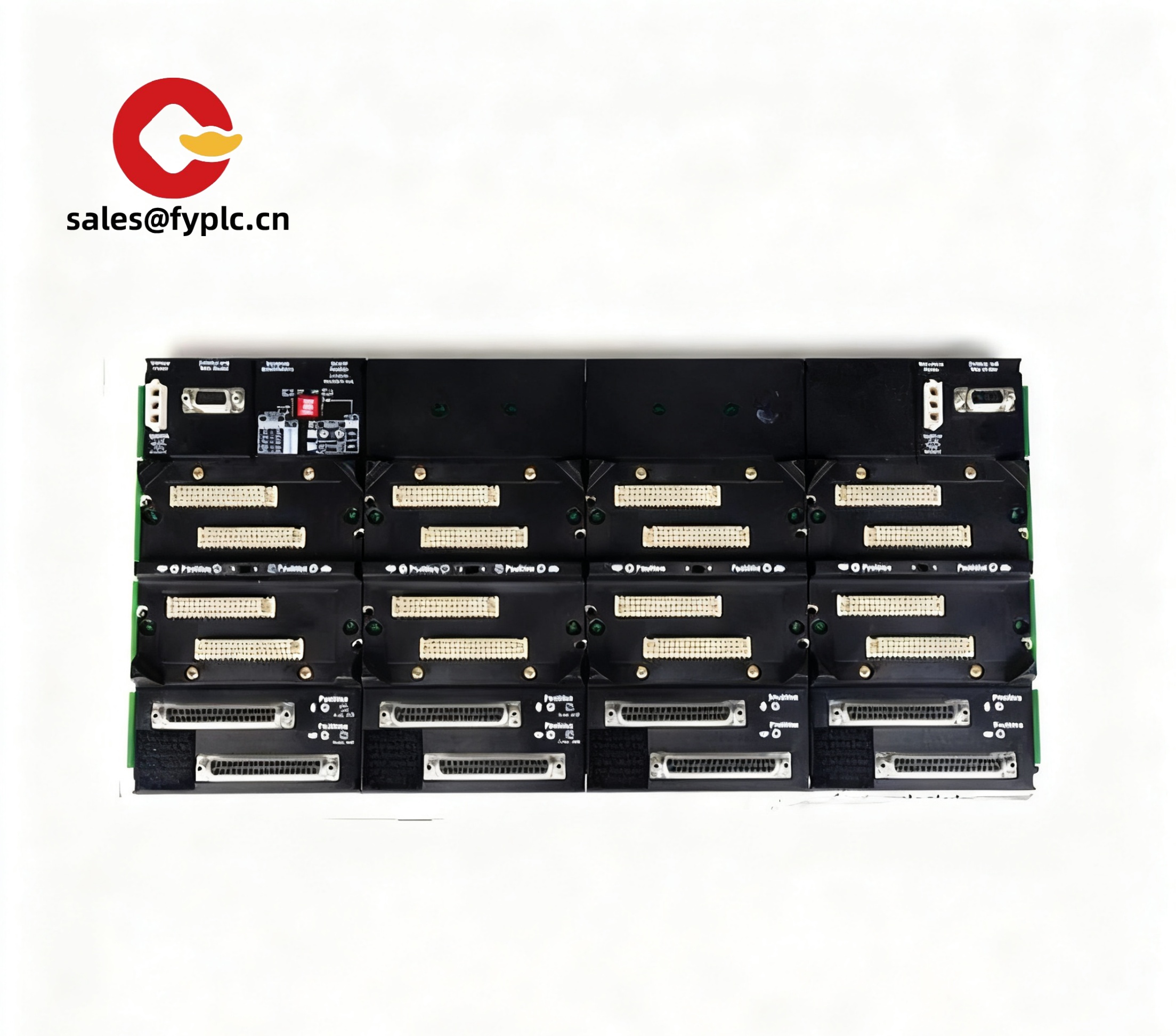
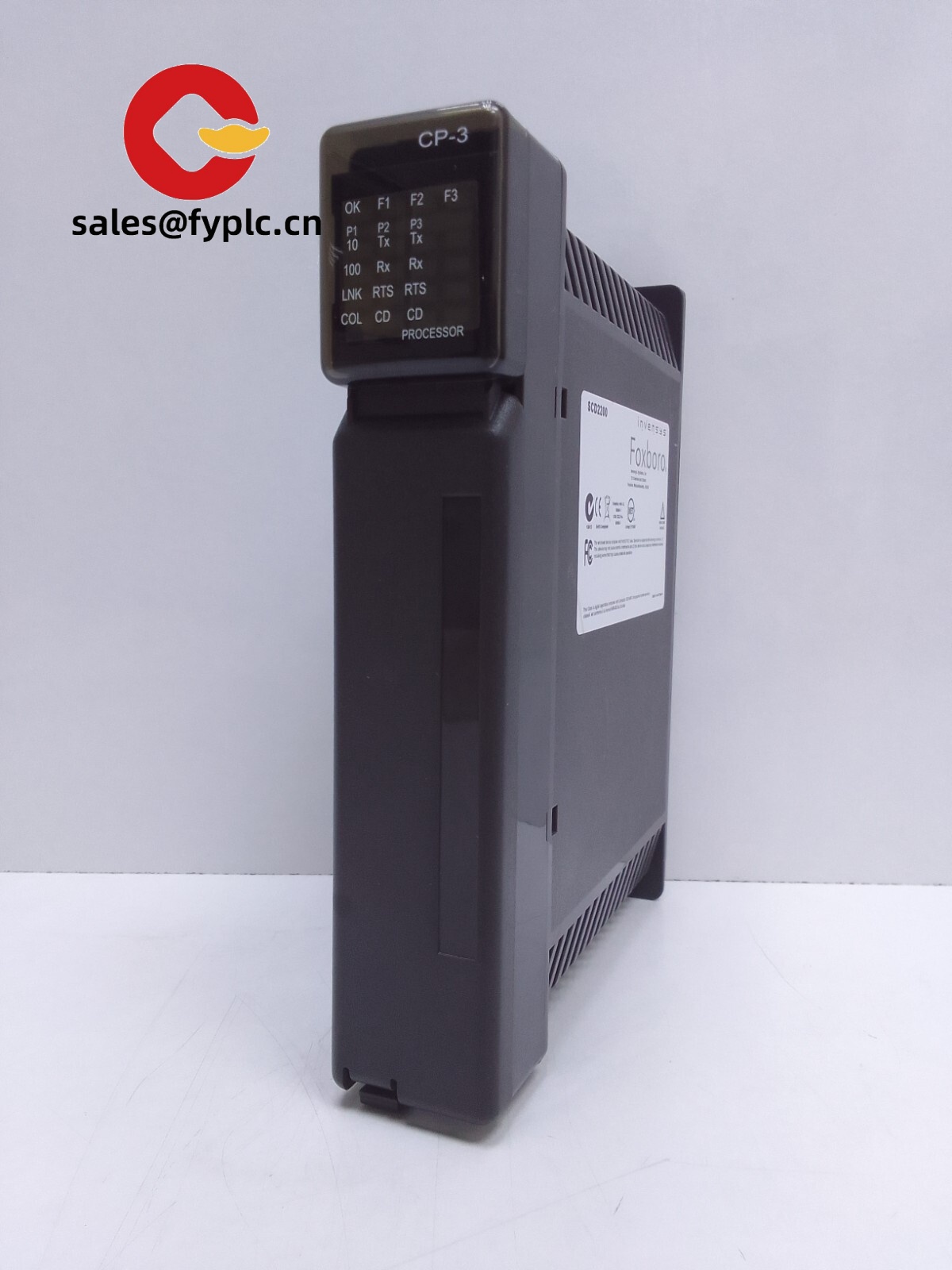


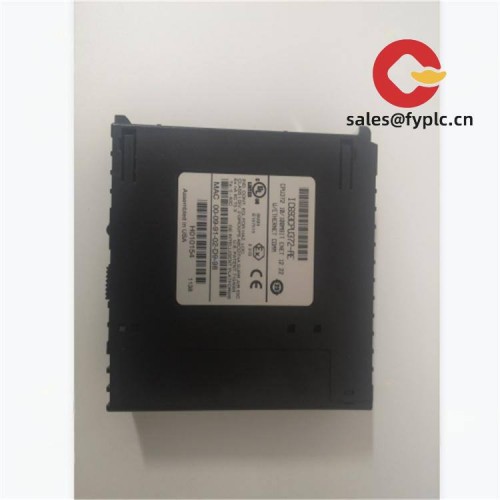
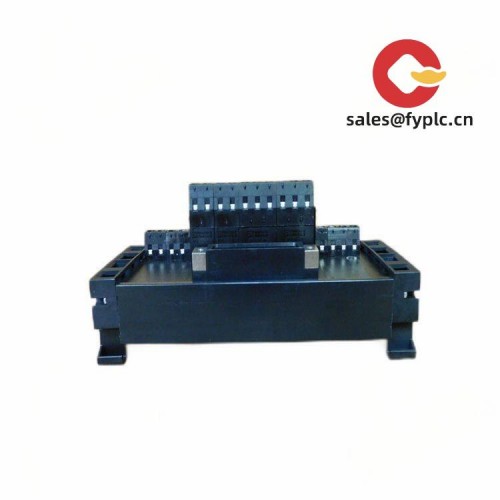
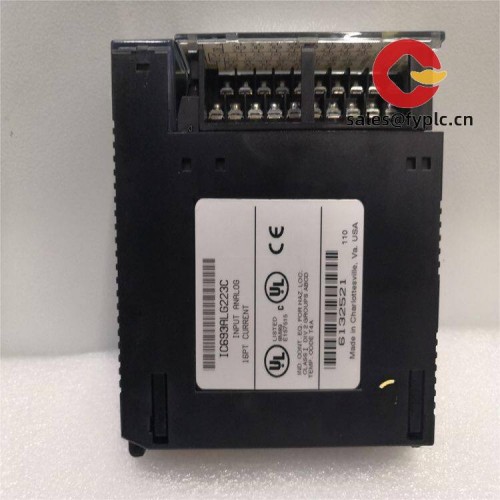


Reviews
There are no reviews yet.